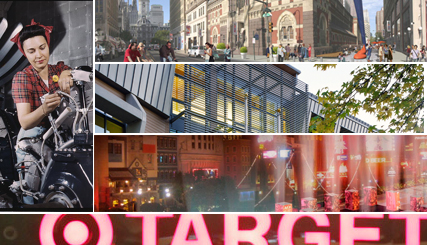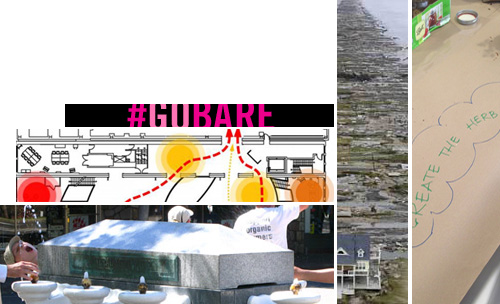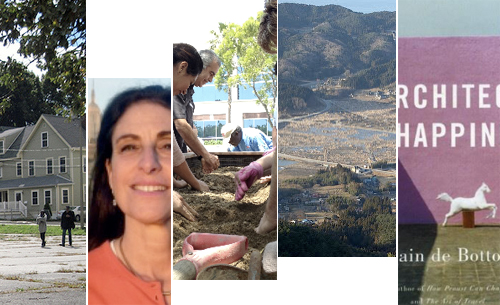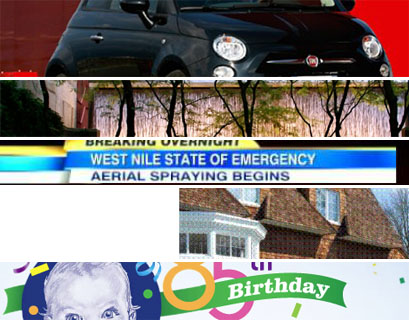HOK and University of Buffalo work virtually. Arup benefits from collaboration. Johnston Architects on shelter. CityLAB studies innovation-inducing issues in cities. What NOT to do in social media.
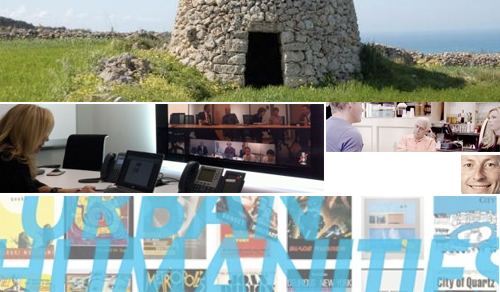
Working smarter virtually. HOK designers in New York, St. Louis and Atlanta are using virtual meetings with their University at Buffalo (UB) client team to improve the design process for the university’s new School of Medicine and Biomedical Sciences on the Buffalo Niagara Medical Campus.
The virtual meetings started following Hurricane Sandy when the principal-in-charge was stranded at home in Norwalk, Connecticut. There has been considerable savings in cost and travel time, and the virtual meetings have also enabled design team members to develop better design solutions because they can get the information and client input they need, when they need it.
Via HOK Life
Benefits of collaboration. Andrew Pettifer, a principal and building services engineer at Arup, writes about how sports are competitive, and while business is competitive too, collaboration is what makes a project successful.
Collaborative processes require firms to adopt a more emotionally intelligent approach involving generosity, support, mutual respect, even being prepared to expose weaknesses and vulnerabilities in pursuit of a better experience and result for all.
Via Arup Blog
Providing shelter. Johnston Architects examines the idea of shelter, and how human habitat has evolved over the centuries as once caves, stockades and mud and grass enclosures would provide a protected space.
“From found shelter to assemble, manipulated materials, our habitats evolved. Today, they are complex and incorporate a variety of materials far more sophisticated than stone. But, our shelters are basically the same thing that they were centuries ago, responding to the same needs.”
Urban strategies. cityLAB , which was created through UCLA’s School of Architecture and Urban Design and explores issues that provide innovative, cost-effective strategies for cities, will be initiating a three-year study that will investigate the meaning of the Urban Turn as it applies to the Pacific Rim.
One of the projects, Backyard Homes, addresses housing costs and availability without imposing a large footprint. These goals are achieved by using smarter components in structures with a light footprint and will not change the visual landscape of single-family neighborhoods.
Social Media Campaign
Social media meltdown. Amy’s Baking Company was featured on Gordon Ramsay’s Fox reality show Kitchen Nightmares in which Ramsay offers guidance to help struggling restaurants, but in this situation the owners of Amy’s Baking Company proved to be too difficult for him so he walked out. The response social media networks appears to be one of the fastest and most intense brand meltdowns social media has ever seen. The PR melt-down of Amy's Baking Company ]started on Yelp, spread to Facebook and Twitter as the owners responded vehemently to critical customers and Internet naysayers.
Via ZDNet
Via BuzzFeed

